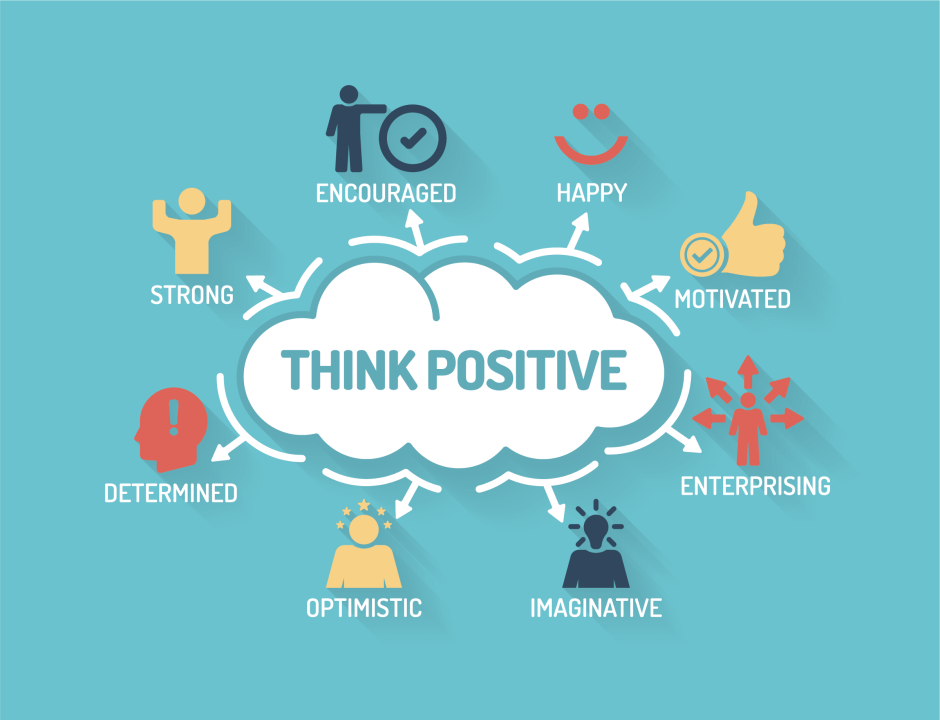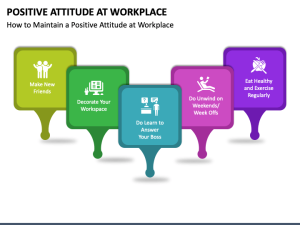A positive mindset is the game-changer in modern business; boosting productivity, collaboration, and overall success. Positive thinking is not just about maintaining a cheerful attitude; it’s about cultivating an optimistic outlook that fosters resilience and creativity. As organizations strive for excellence, understanding the power of positive thinking becomes essential for creating a thriving workplace.
Key Takeaways
- Positive thinking boosts productivity, creativity, and collaboration in the workplace.
- A positive mindset helps reduce stress and build resilience among employees.
- Implementing strategies to encourage positive thinking can lead to a more engaged and motivated workforce
What is Positive Thinking?
Positive thinking refers to the practice of focusing on the good in any situation. It involves adopting a mindset that looks for solutions rather than problems, embraces challenges, and maintains hope in the face of adversity. This doesn’t mean ignoring reality or pretending everything is perfect; instead, it’s about approaching situations with a constructive and optimistic perspective.
Benefits of Positive Thinking in the Workplace
- Enhanced Productivity: A positive attitude can lead to improved focus and motivation. Employees who think positively are more likely to set and achieve goals, contributing to overall productivity.
- Better Team Collaboration: Positivity fosters better communication and collaboration among team members. When individuals approach their work with a positive mindset, they are more open to feedback and willing to support their colleagues.
- Reduced Stress: Positive thinking can help reduce stress levels. Employees who maintain a positive outlook are better equipped to handle workplace pressures, leading to improved mental well-being.
- Increased Creativity: A positive mindset encourages innovation and creativity. When employees feel good about their work environment, they are more likely to share ideas and take risks that lead to growth and improvement.
- Stronger Resilience: Positive thinking helps employees bounce back from setbacks more effectively. Resilient individuals view challenges as opportunities for growth, which enhances their ability to navigate changes in the workplace.
Implementing Positive Thinking in the Workplace
To cultivate a culture of positive thinking within your organization, consider the following strategies:
- Encourage Open Communication: Create an environment where employees feel comfortable sharing their thoughts and ideas. Open communication fosters trust and collaboration.
- Recognize Achievements: Celebrate individual and team accomplishments, no matter how small. Recognition boosts morale and reinforces positive behavior.
- Promote Work-Life Balance: Encourage employees to take breaks, utilize vacation time, and maintain a healthy work-life balance. A well-rested employee is more likely to have a positive outlook.
- Provide Training and Development: Offer workshops or resources focused on personal development, mindfulness, and positive thinking strategies. Investing in employees’ growth contributes to a more optimistic workplace.
- Lead by Example: Leaders should model positive thinking and behavior. When management demonstrates optimism, it sets the tone for the entire organization.
Conclusion
Positive thinking is a powerful tool that can transform the workplace. By promoting a culture of optimism, organizations can foster a more productive, creative, and resilient workforce.
At Gi Group India, we understand the importance of a positive work environment. As one of the top staffing services in India, we are committed to helping businesses and employees thrive. Our approach focuses on matching the right talent with the right opportunities, ensuring that positivity and productivity go hand in hand.
If you’re looking to enhance your workforce with a focus on positivity and engagement, contact Gi Group India today.
FAQs
- How does positive thinking benefit the workplace?
A positive mindset can boost employee morale, improve problem-solving skills, enhance creativity, and lead to higher productivity, fostering a more collaborative environment.
- What are a few ways to cultivate a positive attitude at work?
Practice gratitude, focus on achievements, reframe challenges as opportunities, offer constructive feedback, and actively listen to colleagues.
- Can a negative attitude affect team dynamics?
Yes, negativity can spread quickly, impacting team morale, hindering collaboration, and creating a stressful work environment.
- How can leaders encourage positive thinking in their teams?
Leaders can set a positive example, recognize achievements, offer support during challenges, and promote open communication to foster a positive workplace culture.










